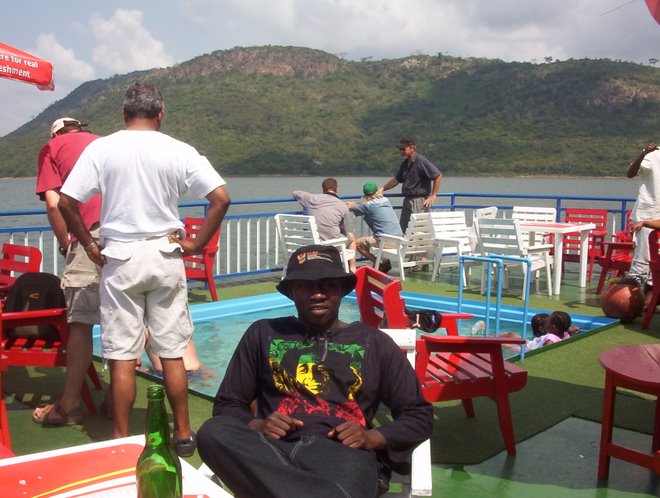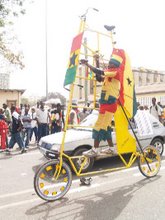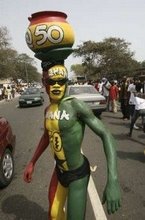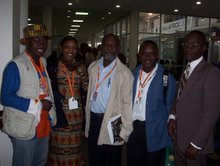Low power affects Kumasi water supply
LOW voltage to the Barekese Water Headworks has affected water supply to the Kumasi metropolis and its surrounding areas.
Constructional works on the Kumasi Water Rehabilitation and Expansion project were completed some three months ago but the metropolis is yet to witness an improvement in the supply of water.
Officials of the Ghana Water Company Limited (GWCL) have explained that the pumps are ready but they are unable to pump the required water supply to the metropolis due to low voltage.
Residents of Kumasi had earlier been assured of an end in the perennial water shortages by November 2009 upon the completion of works on the project which lasted for two years.
But they are yet to enjoy some respite despite the completion of the project some three months ago.
The project has allowed for a 33percent increase in the essential utility to patrons and also in support of industrial growth of Ghana's second largest city.
Constructional works on the Kumasi Water Rehabilitation and Expansion project was sponsored by the Dutch government at a cost of €37million Euros.
Ideally water supply to Kumasi and its surrounding areas should have improved with the provision of 27 million gallons a day according to the GWCL. Out of the 27million gallons, 24 is to be produced at Barekese and the remaining three million from the Owabi Headworks.
Hitherto, the Barekese Dam had the capacity to produce 18million gallons of water a day but even with that, it was unable to do produce at full capacity due to obsolete machinery.
The Ashanti Regional Minister, Mr Kofi Opoku Manu on Tuesday visited the Barekese Headworks to acquaint himself at first hand with the problems.
According to the Regional Minister, residents of the metropolis have been apprehensive with the erratic water supply in recent times.
The Regional Minister said students of the Kwame Nkrumah University of Science and Technology (KNUST) for instance last week attempted to go on a demonstration following a cut in water supply to the university.
He said the students only rescinded their decision after an intervention by himself and the Vice Chancellor.
Mr Opoku Manu said water was an essential commodity and wanted to know the problems the GWCL was facing in other to be able to assist to solve them.
Explaining, Mr Timothy Nettey, Project Manager at the GWCL said work on the systems have been completed and that the only problem was that they didn’t have the full complement of electrical supply to be able to pump the needed water.
Asked about when the problem of low voltage started, Mr Nettey said it started just this January 2010.
He said they were in touch with the Electricity Company of Ghana (ECG) to try to get the problem solved. He later conducted the Regional Minister round the completed project.
When the Daily Graphic contacted the Ashanti Regional Public Relations Manager of the ECG, Mr Erasmus Baidoo on telephone about the low voltage, he said the ECG was aware of the problem.
He said the entire Kumasi in recent times have been facing an erratic electric supply due to interruptions of the supply from the Volta River Authority (VRA) and assured that efforts were underway to solve the problem.
The current daily supply water to Kumasi is estimated at between 18 to 21 million gallons per day, far below the demands of the sprawling urban centre.
The expansion had as its objective to improving water supply to the metropolis to alter positively the health conditions of the people for improved productivity and longevity and it was executed by Ballast Nedama, a Dutch firm.
The project involved rehabilitating the Barekese and Owabi Water Treatment facilities and augmenting distribution systems with the laying of 80 kilometres of new distribution lines to underserved communities such as Afrancho, Oduom, Kenyase, Hemang and Sutreso.
A novelty about the completed project, is the construction of a sludge facility to treat waste water for use as fertilizer for agricultural purposes.
Apart from the Suame reservoir which will hold 5,000 cubic metric of water and a new reservoir which would hold 2, 500 cubic metric has also been constructed at Achiase together with a Booster station.








































No comments:
Post a Comment